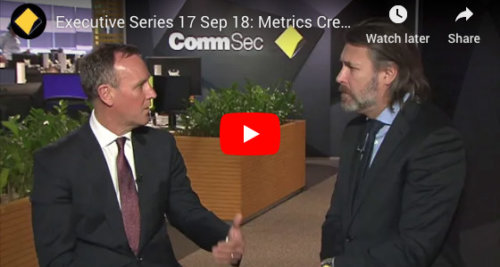Listed Investment Trusts (LITs) – providing the structure for income
As the number of investors seeking income in today’s record low interest rate world rises, an increasing number are considering Listed Investment Trusts (LITs).
These closed-ended trusts (similar to listed investment companies or LICs) enable investors to invest in assets that require longer investment time horizons – such as corporate loans and infrastructure and property developments.
LITs accounted for around 20% of the $52.8 billion LIC/LIT sector at the end of December 2020, according to the Listed Investment Companies and Trusts Association (LICAT).
The LIC and LIT industry in Australia is entering its 98th year of operation. There are few other investment structures that have been able to support investors in building wealth over such a long period.
Ian Irvine, CEO of LICAT said: “The significant longevity of the sector reflects the strong corporate governance framework developed by the sector and the ASX, the transparency and efficiency of open and competitive capital markets and the inherent benefit of the closed-end fund structure which encourages managers and investors to both invest and focus on the long, rather than the short-term.
Trust – worthy
LITs as trusts, are not subject to company tax, and they pass income straight through to investors on an untaxed basis.
LITs are also closed-ended funds. This means that after raising capital through a unit issue, their capital remains fixed. Unlike open-ended ETFs or managed funds, LITs are therefore not forced to sell assets to meet withdrawal requests.
Mr Irvine noted: “While LITs have some of the typical characteristics of a trust structure, their secure capital base can be an additional benefit to investors. Because they do not have to sell assets to meet investor withdrawals, LITs can strategically invest in longer term assets, while still providing their own unitholders with the ability to buy and sell on market as needed. In many cases, this may give retail investors the opportunity, and hopefully the added return or diversity benefit of investing in asset classes that are usually only accessible by wholesale investors.”
“Having long term investment vehicles also supports the Australian economy. Many vital investment projects such as renewable energy and infrastructure require patient, long term investment. The closed-ended structure of LICs and LITs means they are one of the few structures suited to these long-term investment commitments.”
Andrew Lockhart, Managing Partner at Metrics Credit Partners, which manage two LITs (ASX: MXT and ASX: MOT) said, “as a non-bank lender offering Australian corporate borrowers access to an important source of non-bank finance and unique borrowing solutions, the LIT structure with its closed end secure capital base is ideal for the way we operate.
“Our LITs provide retail investors with daily access to private debt markets in an easy tradeable way via the ASX. We are subject to ASX listing rules which provides investors with comfort as to the high corporate governance standards by which we operate and coupled with our experienced investment team enables us to deliver a regular monthly income stream”, he said.
“Importantly, we have a clear focus on risk management and have a demonstrated track record of delivering for investors, we have not experienced any impairments or arrears across our portfolio’, Mr Lockhart concluded.
Mr Irvine added that closed-end funds provided unique advantages to investors, the broader economy and the financial markets system.
LICs and LITs have been assisting investors in growing their wealth for nearly 100 years. Today, over 700,000 Australians invest in the LIC and LIT sector. The efficiency and stability of their closed-end structure coupled with the corporate governance disciplines of ASX listing have proven to be far more durable than many other investment structures.
Other News
Research Paper: Six Trends for Private Credit in 2026
Metrics Credit Partners has released its latest research paper, Six Trends for Private Credit in 2026, exploring the opportunities and challenges…
Metrics Innovate Reconciliation Action Plan
We are proud to share our second Reconciliation Action Plan (RAP), reaffirming our commitment to truth, healing and unity. We…
INSIGHTS
MCP Income Opportunities Trust (MOT) lists on ASX
Sydney, 29 April 2019: The Trust Company (RE Services) Limited (ABN 45 003 278 831) (Responsible Entity) is the responsible…
MCP Master Income Trust wins Lonsec Listed Fund Award
The award came a year after MXT was listed on the Australian Securities Exchange






